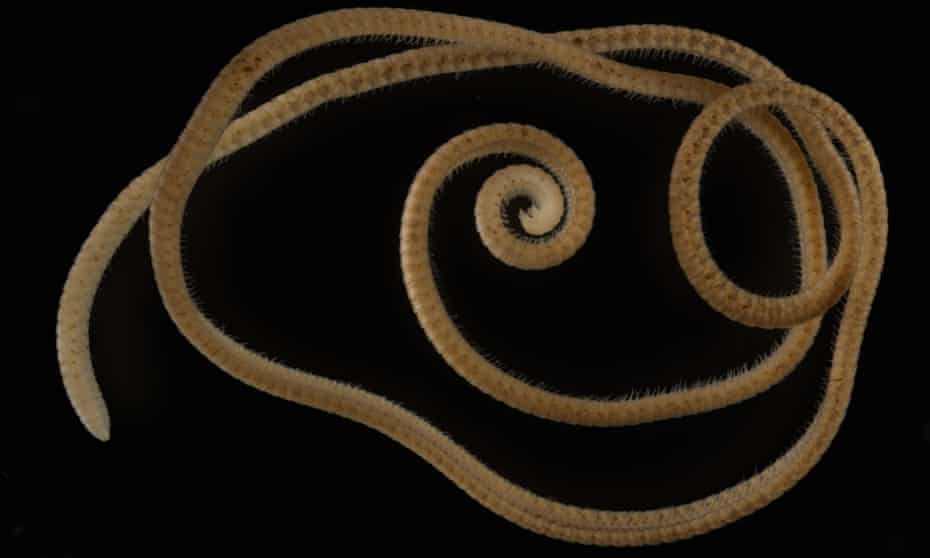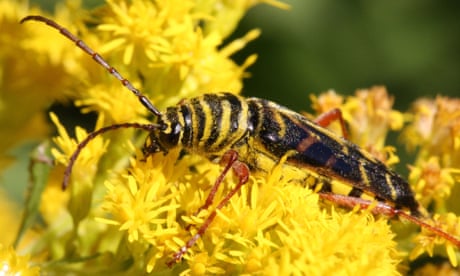Extract from The Guardian
Researchers named the subterranean animal Eumillipes persephone after the Greek goddess of the underworld.

Last modified on Fri 17 Dec 2021 03.32 AEDT
The first ever millipede with more than 1,000 legs been discovered in Western Australia.
The species, which is the first “true” millipede, has 1,306 legs and was found up to 60 metres underground in a mining area in the Eastern Goldfields region of WA.
Researchers have named the new species Eumillipes persephone, in reference to the Greek goddess of the underworld, Persephone.
It breaks the previous record set by Illacme plenipes, which is found in central California and has up to 750 legs.

Dr Bruno Buzatto, a biologist at Bennelongia Environmental Consultants, discovered the millipede while conducting a subterranean environmental impact assessment. He described the find as “incredibly lucky”.
The species has a long, thread-like body comprising up to 330 segments, with short legs and a cone-shaped head. Like other animals that live in constant darkness, it is blind and pale.
Dr Juanita Rodriguez, a research collaborator and CSIRO insect expert, said the new species had likely evolved its length for ease of movement underground.
“The more length you have, the more strength to propel forward,” she said. The millipede’s more than 300 body segments would also give it greater force for movement in rocky areas such as small crevices, she said.
In comparison, the Portuguese millipede – a common invasive species in Australia typically seen in high numbers after heavy rain – has around 25 segments, Rodriguez said. In 2013, a Portuguese millipede infestation was reportedly responsible for a train collision in Perth.
In total, the team found eight Eumillipes persephone millipedes in three drill holes at depths between 15 and 60 metres.
Rodriguez said it was surprising to discover the new species so far underground. While some millipedes live in caves, many are surface dwellers and break down organic matter such as leaf litter, she said.
Little is known about the new species. “It’s a good bet that they eat fungi,” Buzatto said.
Genetic analysis found that while Eumillipes persephone has physical similarities to the previous leg record holder in California, the two millipede species are only distantly related.
There are more than 2,000 known species of millipede in Australia, Rodriguez said, adding that the true number of species may be as high as 4,000.
“Few people realise … the large proportion of Australian biodiversity that is still undescribed, and therefore also the importance of taxonomists,” Buzatto said. “We essentially are driving species extinct probably quicker than we describe them.”
Rodriguez and her colleagues at CSIRO are also studying chemicals produced by Australian millipedes. “We’re testing them to see if they have potential for being antimicrobials against the pathogens that have a lot of antimicrobial resistance.”
Millipedes differ from centipedes in that they have two pairs of legs on most body segments, whereas centipedes only have one.
Research into the new millipede was published in the peer-reviewed journal Scientific Reports.
No comments:
Post a Comment